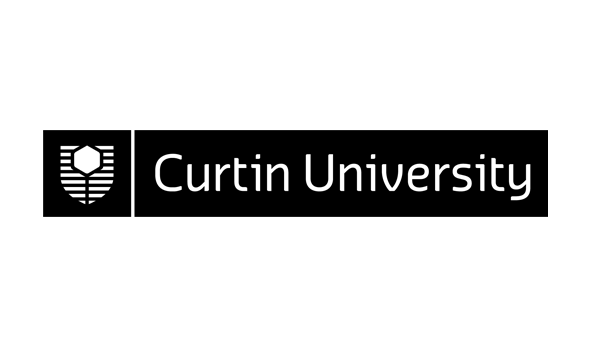312495 (v.1) Medicinal and Biological Chemistry 321
| Area: | Department of Applied Chemistry |
|---|---|
| Credits: | 25.0 |
| Contact Hours: | 6.0 |
| ** The tuition pattern below provides details of the types of classes and their duration. This is to be used as a guide only. For more precise information please check your unit outline. ** | |
| Lecture: | 2 x 1 Hours Weekly |
| Tutorial: | 1 x 1 Hours Fortnightly |
| Laboratory: | 1 x 4 Hours Weekly |
| Prerequisite(s): |
312493 (v.1)
Medicinal and Biological Chemistry 222
|
| Syllabus: | Medicinal chemistry Drug discovery, natural products (including indigenous organisms). Drug design, optimising target interactions and target access. Quantitative structure-activity relationships (QSAR). Selected topics in medicinal chemistry, topics may include: antibacterial, antiviral, anticancer, opiate drugs. Chemical Sensors Principles of molecular recognition, chemical sensor design including biosensors and detection techniques. Applications of sensors to clinical diagnostics and related measurements, examples may include: glucose detectors, metal ion sensors, oxygen sensors, alcohol detectors (breathalyzer). Metals in medicine Introduction to design and application of metal based drugs. Biochemistry of cis-platin for the treatment ofcancer. Biochemistry of sodium stibogluconate for the treatment of Leishmaniasis infection. Toxicity of heavy metals. Metal based contrast agents for optical, X-ray, and MRI diagnostics. Laboratory experiments illustrating techniques and reaction types |
| ** To ensure that the most up-to-date information about unit references, texts and outcomes appears, they will be provided in your unit outline prior to commencement. ** | |
| Field of Education: | 010500 Chemical Sciences (Narrow Grouping) |
| SOLT (Online) Definitions*: | Not Online *Extent to which this unit or thesis utilises online information |
| Result Type: | Grade/Mark |
Availability
Availability Information has not been provided by the respective School or Area. Prospective students should contact the School or Area listed above for further information.

